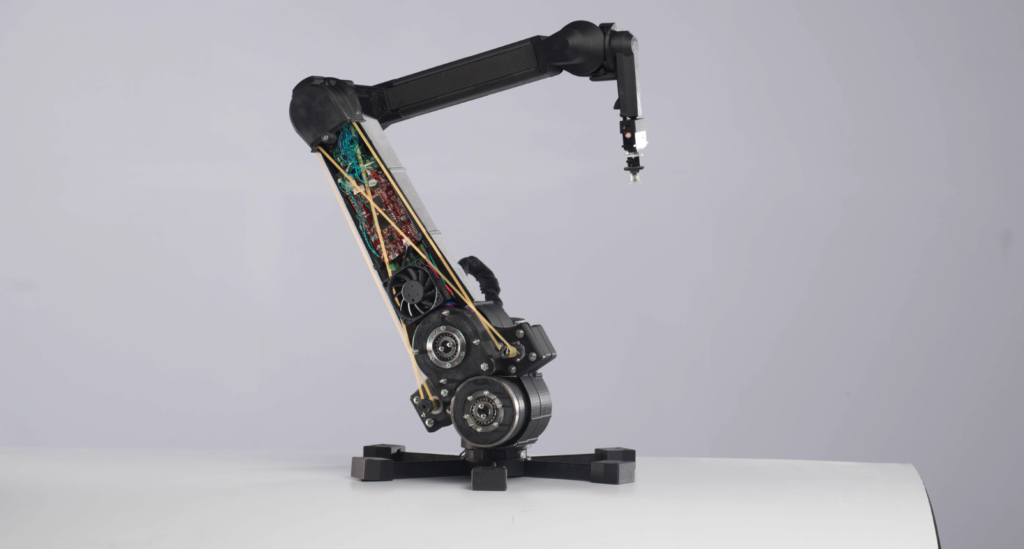[정부]최신 기술 : 탄소 섬유 3D 인쇄, 5 부
- 2020-01-21
- 관리자
○ 본문요약 :
3D 프린팅 + 탄소 섬유의 장점
우리가 살펴본 모든 추가 기술에는 고유 한 이점과 단점이 있으며, 일부 프로세스는 기하학적 복잡성이 더 제한적이고 다른 프로세스는 나머지와 동일한 강도와 강성을 제공 할 수 없습니다. 그러나 모두 공통점이 있다는 장점은 높은 수준의 자동화입니다.
전통적으로 탄소 섬유 보강재를 적용하는 것은 수동적이고 시간이 많이 걸리는 프로세스이며 노동 시간 측면에서 비쌀 수 있습니다. 대형 항공 우주 시설에서 볼 수 있듯이 산업 자동화 기술을 사용하여 수행하면 비용이 매우 많이 듭니다. 최고급 자동 광섬유 배치(AFP) 기계는 수백만 달러가 들 수 있습니다 .
반대로 3D 인쇄는 비교적 자동 프로세스입니다. CAD 모델이 완성되고 주어진 3D프린터로 제작을 위해 적절하게 설정되면 적층 가공 (AM) 시스템 자체가 대부분의 작업을 수행합니다 (후 처리, 재료 적재, 프린터 구성 등 제외).
All of the additive technologies we’ve explored have their unique benefits and drawbacks, with some processes more limited in geometric complexity and others unable to deliver the same strength and stiffness as the rest. However, the advantage that they all have in common is a high degree of automation.
Traditionally, applying carbon fiber reinforcement is a manual and time-consuming process, which can be expensive in terms of labor hours. When it’s performed using industrial automation technology, as found in large aerospace facilities, it is extremely expensive. The highest of high-end automated fiber placement (AFP) machines can cost millions of dollars.
In contrast, 3D printing is a relatively automatic process. Once a CAD model has been finalized and is appropriately set up for fabrication by a given 3D printer, the additive manufacturing (AM) system itself will do most of the work (except for post-processing, loading up materials, configuring the printer, etc.).
연속 탄소 섬유로 인쇄 된 로봇 팔 3D. Markforged의 이미지 제공.
https://3dprint.com/262256/state-of-the-art-carbon-fiber-3d-printing-part-five/

















